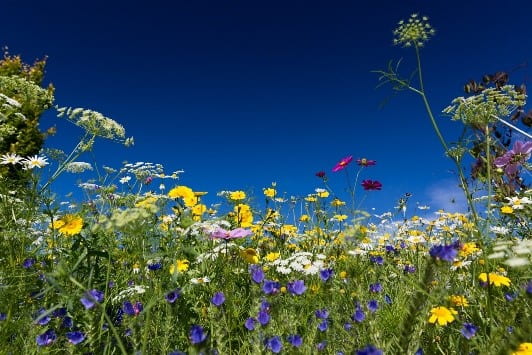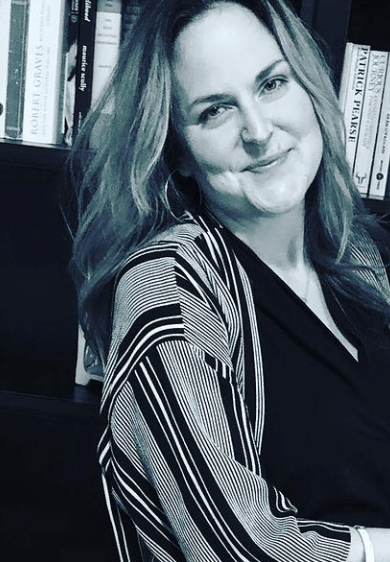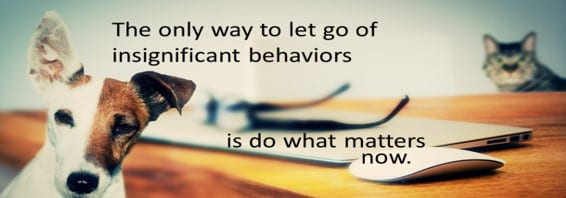Alexa Charles is a teacher in the Coquitlam School District. She loves learning, gardens, and rock and roll. Not necessarily in that order.
Tom Petty’s music provides metaphor and meaning for the way I see the world, how I conduct myself as an educator, and who I am as a person. I have started many a morning blasting Tom Petty in my headphones as I walk the forest trail to work or as I buzz around my classroom prepping for my day with primary age learners or the “little seedlings” as I affectionately refer to them. They may be little in stature, but they are mighty in imagination, emotion, empathy, and intelligence; never to be underestimated. The resiliency of this cohort of learners astounded me in spring 2020 during BC’s lock down of public schools.
Pandemic teaching changed my practice. It needed some pruning and weeding. Binary opposites dotted the landscape of my mind. Here’s what I continue to ponder:
What truly works for learners during a pandemic? What can be tossed away?
What are my expectations around remote learning? What are the realities?
What’s working for kids learning from home? What’s causing parents to lose their minds?
What do I want out of this profession? What do I never want to do again?
What matters? What are we doing out of habit not meaning?
Pandemic teaching taught me patience, resilience, and ingenuity. I levelled up my communication game to be sure. It distilled the purpose in education in a way that is almost painfully simple. People need people! (Cue Barbara Streisand here. I couldn’t think of a Tom Petty lyric to connect to this part of the metaphor. Apologies).
Imagination must be deployed for this singular task. There isn’t another task that matters in education right now. Children need children, learners need learners, teachers need teachers, schools need their communities.
The pandemic has been devastating. It’s a unique setback to educators and schools. What do teachers do exactly? Well, they teach.
I am here to argue no; teaching is not the primary function of the teacher. This posture could get me in a lot of trouble, but I am making the argument here and now that teaching is not the primary function of the teacher, nor is it the most important thing that we do. We foster belonging and build community in the communities that we teach before all else.
The ability to learn is compromised when we don’t feel safe in a space, safe with others, or just safe to be our self. Memory cannot be accessed properly when students feel unsafe; meaning we can’t do our secondary function, which is teach. This is not a new argument, but it bears repeating. It provides critical understanding to where we need to put our time, energy, and imagination right now.
Teachers, students, and families blinked. They opened their eyes and the sun was peeking through the clouds. It was now June 2020. Teachers in BC returned to their buildings with (some) students. As professionals we were dealing with our own anxieties around the pandemic, still teaching remotely to learners at home, and trying to offer a sense of safety and calm to the learners that had returned. Safety and belonging are the light and the rain to our seedlings; no matter what grade you teach, or how little (mighty) they are.
I had 8 learners return in June. We spent the bulk of the time outside. We harvested lettuce and kale from the school vegetable garden that had missed little hands tending to it.
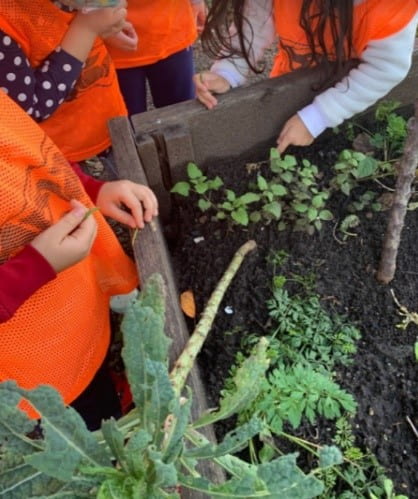 We brought towels from home and sat under a small grove of evergreen trees in the afternoons. We read James and the Giant Peach. We didn’t finish the book and that’s OK. A lot was left unfinished that year. It was OK because we achieved our primary goal to the best of our abilities. Students and families both at school and at home in our community felt seen, heard, safe, and connected amid a pandemic. It was not perfect. It was messy. We had to dig our hands deep in the soil and root out what mattered. We will continue to do that, despite all the changes and challenges, season after season, year after year.
We brought towels from home and sat under a small grove of evergreen trees in the afternoons. We read James and the Giant Peach. We didn’t finish the book and that’s OK. A lot was left unfinished that year. It was OK because we achieved our primary goal to the best of our abilities. Students and families both at school and at home in our community felt seen, heard, safe, and connected amid a pandemic. It was not perfect. It was messy. We had to dig our hands deep in the soil and root out what mattered. We will continue to do that, despite all the changes and challenges, season after season, year after year.
On the last day of the 2019/20 school year, a colleague came to me with a question. The very same question I had been pondering all the yearlong. How can we continue to grow feelings of safety and belonging for our community next year and beyond? The pandemic is not going anywhere quick. My colleague’s class was also positively impacted by picking the lettuce in our school garden. It was special to them and to us. Why?
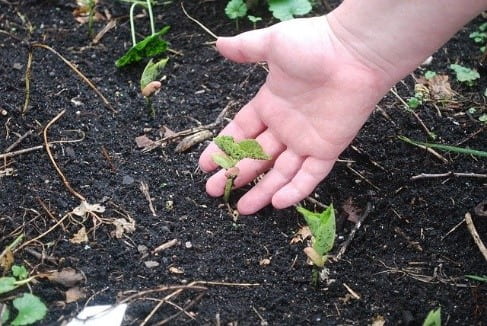 In the garden, the safety and belonging were implicit. You could physically distance effortlessly in the garden and everyone had a task and purpose to achieve. Safety. Belonging. We wanted more for ourselves, our learners and the rest of our school community.
In the garden, the safety and belonging were implicit. You could physically distance effortlessly in the garden and everyone had a task and purpose to achieve. Safety. Belonging. We wanted more for ourselves, our learners and the rest of our school community.
We thought some more. We talked some more. What about more space to learn and grow at a distance while fostering that safety and connection that is at the core of what we do? What about that? My colleague heard about a grant. We spent the first three weeks of our summer vacation reflecting, analyzing, plotting, and scheming ways we could take the primary task of our job; safety and belonging, make it meaningful, authentic, and less mitigated by a screen (zoom fatigue is real, people!).
We called our project a Naturally Curious Garden space and it was designed with connection in mind; connection to the earth, the creatures that live on it, the plants that grow from it, and the people that share it. We started our plans with ‘Indigenous Pollinators’ as the foci; wildflowers, essentially.
After we submitted our proposal, I had the Tom Petty song “Wildflowers” stuck in my head for quite a while. One verse in particular:
You belong among the wildflowers
You belong somewhere close to me
Far away from your trouble and worry
You belong somewhere you feel free
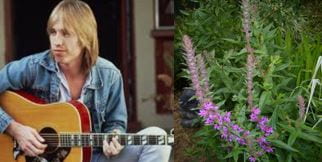 These lines are about belonging, safety, community, freedom. All the things the Imaginative Educator tries to cultivate (pardon the last and final garden pun), now more than ever. We got the grant, by the way. Wildflowers and learning, here we come! Here’s to more gardens, more connections, and more freedom to imagine and reimagine ways to be together, feel safe, and learn among the wildflowers long after this pandemic is over.
These lines are about belonging, safety, community, freedom. All the things the Imaginative Educator tries to cultivate (pardon the last and final garden pun), now more than ever. We got the grant, by the way. Wildflowers and learning, here we come! Here’s to more gardens, more connections, and more freedom to imagine and reimagine ways to be together, feel safe, and learn among the wildflowers long after this pandemic is over.
